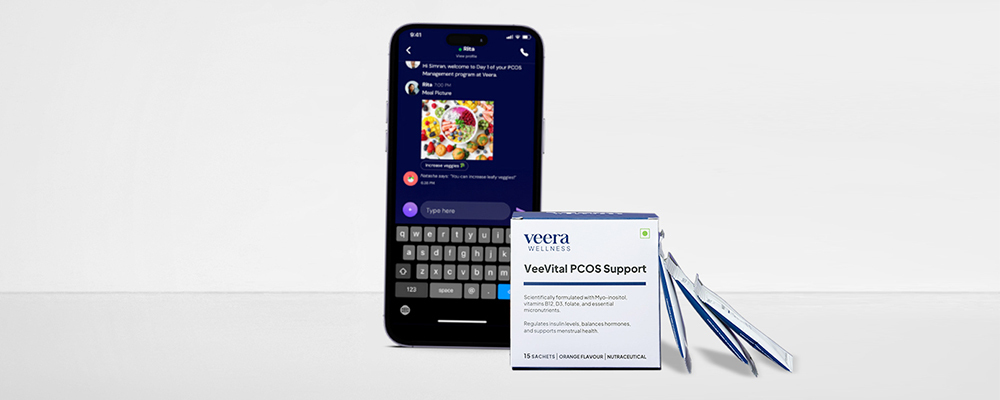Lately, nothing travels faster than a health hoax on social media. A few years ago, one such viral theory claimed that sanitary napkins cause cervical cancer. While it was debunked later, there are plenty more myths surrounding period protection methods. Our culture has always been fixated on virginity. So, products that need to be inserted into the vagina are considered somewhat taboo. It’s hardly surprising then that Indian women are still ignorant about tampons and menstrual cups. Here are some of the top misbeliefs about these products.
Myth: Cups and tampons can get lost inside your vagina and are hard to take out again.
Fact: Thankfully, they cannot! The structure of the vagina will keep the menstrual product very much in place, and think of the vagina like the end of a sock – there’s nowhere for it to go. A tampon can easily be removed by pulling on a string attached to it. Similarly, a cup can be removed by simply pinching one end and pulling it out.
Myth: Anything that you insert into your vagina will give you toxic shock syndrome.
Fact: The risk of suffering from toxic shock syndrome (TSS) by inserting a tampon or menstrual cup into your vagina is almost negligible for most people. In the 1970-80s a few young women made headlines, when they left a tampon in for too long letting a particular type of bacteria into the bloodstream causing TSS. Since then that brand no longer exists, and most products are made out of materials that do not easily allow bacteria to grow, such as cotton. The risk of menstrual TSS is rare affecting less than 1% in 1,00,000 people. To manage this, it’s best to change your pad, tampon or cup within the specified range of time (often 4-8 hours).
Myth: If you use a cup or a tampon, you are no longer a virgin.
Fact: Anyone who menstruates can use a cup or tampon, irrespective of whether they have had sex. Having said that, tampons may stretch the hymen (a thin membrane that stretches across the vagina) or potentially tear it. The hymen can also be torn during physical activities like yoga, biking or horse riding. But that does not cause anyone to lose their virginity – only having sex does that. Although if you are worried about tearing your hymen, pads might be more convenient for you.
Myth: You can’t pee with a tampon or menstrual cup inside.
Fact: Firstly, a tampon or menstrual cup is inserted into your vagina while urine flows out from your urethra. These are two separate openings. So, you don’t need to worry about your tampon blocking the urine. Although if you’re worried about a few drops falling on the string, you can change the tampon after urinating. Similarly, it is possible to pee wearing a menstrual cup. But it can sometimes cause pressure on the urethra or bladder. We recommend sticking to what you’re most comfortable with.
Myth: It’s unsafe to sleep wearing a tampon
Fact: As long as you wear a new tampon before you sleep and discard it once you’re up, it’s perfectly safe to wear one while sleeping.
Whether you choose to wear a tampon, pad or menstrual cup, don’t forget to keep it hygienic. Also, while organic might mean eco-friendly and better for sensitive skin, it does not necessarily mean safer. Always check the label and don’t blindly buy into new fads.

Verified by Dr. Shailly Prasad
MD/MBA


















